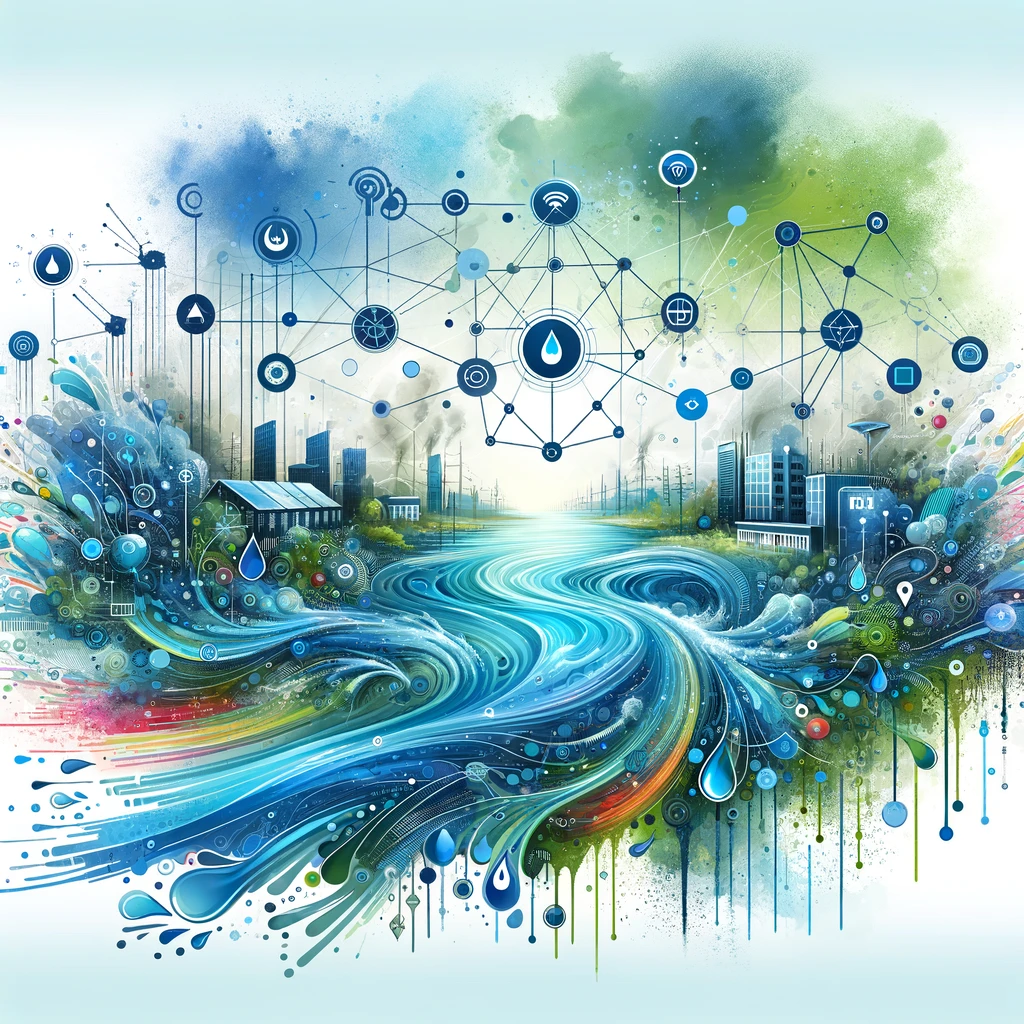The critical importance of water for life, ecosystems, and economies cannot be overstated. As global water resources come under increasing pressure from pollution, climate change, and growing demand, the need for comprehensive and efficient water quality monitoring systems has never been more acute. Enter the Internet of Things (IoT), a technological revolution that offers innovative solutions for real-time monitoring of water quality, ensuring safer, cleaner, and more sustainable water management practices. This article explores how IoT technologies are transforming water quality monitoring and the benefits they bring to communities, industries, and the environment.
IoT: A Game-Changer for Water Quality Monitoring
IoT water quality monitoring systems utilize a network of connected sensors deployed across various water bodies, from rivers and lakes to reservoirs and oceans. These sensors continuously collect data on key water quality parameters, such as pH levels, temperature, turbidity, dissolved oxygen, and the presence of contaminants. This data is then transmitted in real-time to a central system for analysis, enabling immediate responses to water quality issues.
Key Benefits of IoT in Water Quality Monitoring
- Real-Time Data Access: IoT systems provide up-to-the-minute information on water quality, allowing for rapid detection and response to pollution events or changes in water conditions.
- Comprehensive Coverage: With the ability to deploy sensors across vast and remote areas, IoT solutions offer a more comprehensive overview of water quality than traditional monitoring methods.
- Cost Efficiency: Automated data collection reduces the need for manual sampling and analysis, lowering monitoring costs over time.
- Predictive Insights: Advanced analytics can predict potential water quality issues before they occur, enabling proactive measures to prevent pollution.
- Enhanced Public Health: Real-time monitoring helps ensure that drinking water meets safety standards, protecting communities from waterborne diseases.
- Environmental Protection: By detecting pollutants and changes in water ecosystems early, IoT systems contribute to the protection and preservation of aquatic environments.
Applications Across Sectors
IoT water quality monitoring has applications in various sectors:
- Municipal Water Services: Monitoring drinking water supply and wastewater treatment to ensure compliance with health standards.
- Agriculture: Managing irrigation water quality to optimize crop health and yield.
- Industrial Processes: Ensuring that industrial effluents meet environmental regulations to prevent pollution.
- Environmental Conservation: Tracking the health of aquatic ecosystems and the impact of human activities on water bodies.
Overcoming Challenges
While IoT water quality monitoring offers significant advantages, challenges such as sensor durability, data security, and the integration of IoT data with existing water management systems need to be addressed to maximize the technology’s potential.
The Future of Water Quality Monitoring with IoT
As IoT technology continues to advance, its applications in water quality monitoring are set to expand, offering even greater accuracy, efficiency, and environmental sustainability. The integration of IoT with other emerging technologies, such as artificial intelligence and machine learning, promises to further revolutionize water management practices, contributing to the global goal of ensuring clean water and sanitation for all.
In conclusion, IoT technology represents a powerful tool in the fight to protect and preserve our water resources. By providing real-time, accurate, and comprehensive water quality data, IoT solutions empower stakeholders to make informed decisions, enhancing water safety, environmental sustainability, and public health.

